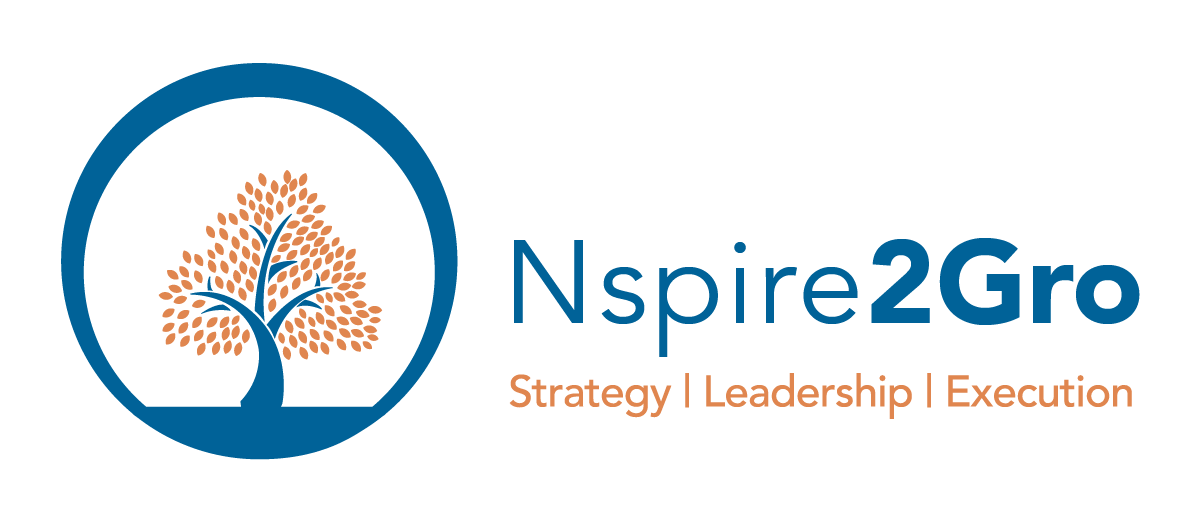And is everyone in your organization aligned — from top to bottom?
I don’t think many of you would argue about the need to have an annual plan to run your business. It’s common sense, right? Many of you might be familiar with all of the various acronyms organizations have like AOP (annual operating plan) and have possibly participated in the process of building the plan.
I would venture to guess that some of you have been at organizations that seemed to lack an annual plan, or if they did, no one other than the members of the board and executive team knew what it was.
When I think about annual planning, there are a few things that I believe are foundational in developing an annual plan and achieving its results.
Annual Planning Process
This ideally should start no later than the beginning of the 4th quarter of the calendar year, which is early October. A templated approach to develop an annual P&L budget broken down by month. Oftentimes, I see budgets that are developed for a whole year and are not broken down by month, which makes it very difficult to track progress against the plan as you move forward through the year. The level of detail in the budget will be dependent on the nuances of your organization – number of lines of businesses you have, number of locations, predictability of your revenue, nature of your cost structure, etc. In my experience, the revenue plan is always the most challenging.
Annual Goal Setting
Your goals for the year should include not only Annual Revenue, Gross Margin, and Net Income but should also include key financial targets and metrics you need to attain (i.e., Direct Margin %, Growth Rates on Lines of Business, etc.) In addition, your annual plan should include non-financial goals, which come in the form of things that need to get done in order to support the strategic direction of the company. These goals should be carefully crafted to ensure that they are SMART – Strategic, Measureable, Achievable, Realistic, and Timebound. Also, when it comes to goals, less is more.
Communicating the Plan
Once the plan is complete, it should be communicated to the organization from top to bottom at the beginning of the year, preferably in January. I like to start with the leadership team, reviewing the plan we put together as a team, confirming our common understanding, and then cascading it through the organization. Research shows that people need to hear things an average of seven times until they internalize them.
Monthly Reporting Process
A disciplined monthly financial reporting process is key to reporting actual performance against the annual plan. I prescribe a timely monthly close process for even the smallest of the organizations with standard reports to evaluate monthly performance vs. plan and associated variances, as well as YTD performance vs. plan and associated variances. If you do this well, it will be very easy to know how you are doing against your plan – are you ahead or behind?- and put you in a position to focus on the right places to make up for any shortfalls. One finer point. Many small businesses tend to run their business on cash basis books, which is great for tax purposes. I would recommend those tasked with running the business to achieve the annual plan and manage the business based on accrual accounting. This means you will need to develop your plan on an accrual basis and run your financial reports on an accrual basis.
Focus, Focus, Focus
As the wise person says, “less is more”. The more you can get your entire company, top to bottom, focused on the annual goals and not introduce or manufacture unnecessary distractions along the way, the higher the likelihood of success. We all know that things happen throughout the year that are out of our control. That is a given and cannot be avoided. What you can control is protecting the team and the company from unnecessary voluntary distractions
Again, do you have an annual plan? Do you have an annual planning process? Is your company organized in a way that you track your progress against the plan goals and report to all stakeholders? Is your entire organization aligned top to bottom around the annual plan and the associated goals? Have you put all of your people in a position so that collectively you can achieve the goals in your annual plan?
If you take an honest assessment of the list above, how is your organization positioned to achieve its annual plan and goals? If you need some help, reach out to me here.

